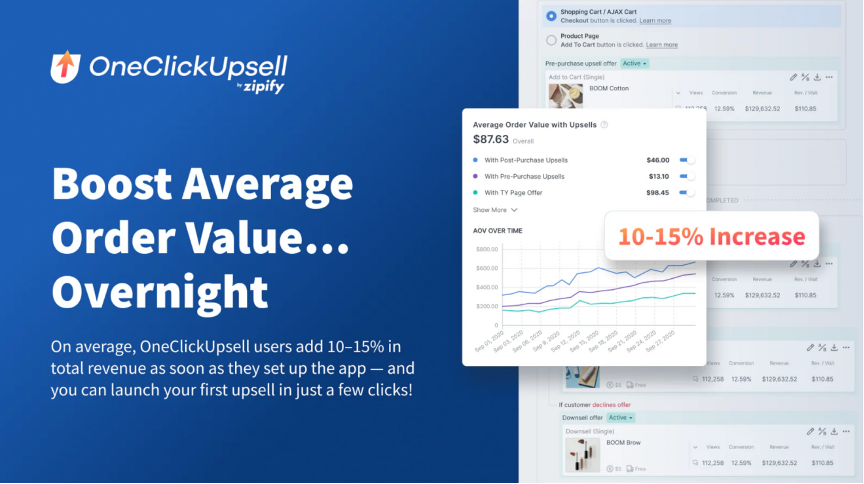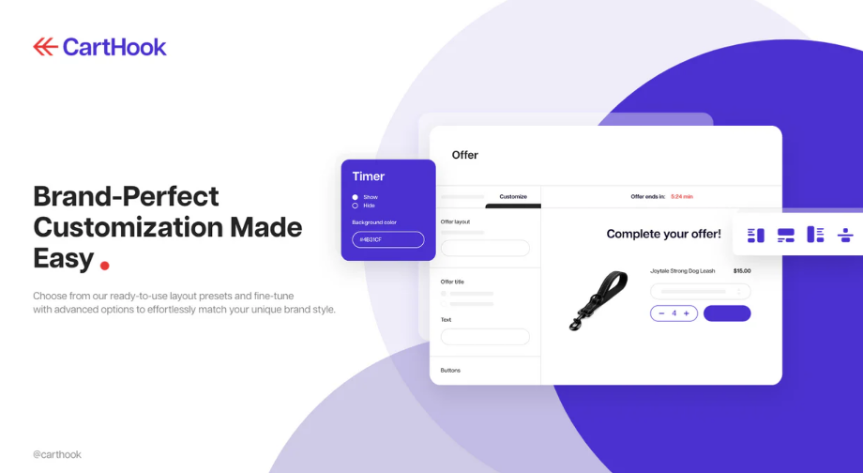It’s Boring, But It’s How Dropshippers Actually Get Rich
 Cynthia
CynthiaIntroduction – Say Goodbye to the Viral Product Fantasy
The dream of “earning $100,000 from one product” is a thing of the past.
Today’s e-commerce environment no longer rewards trend-chasing and traffic-hacking strategies. Relying on short-term viral products to launch a store means risking collapse when the product’s popularity fades, platform rules change, or ad costs soar. Especially in today’s fast-changing short-video platform algorithms, relying on explosive exposure has become unreliable.
To build a truly stable and sustainable business system, the first step is to abandon the “viral product mindset.” This doesn’t mean avoiding popular products altogether, but shifting focus from “product-driven” to “system-driven,” and from “one-time profits” to “repeat purchases and customer relationship management.”
This shift centers on:
- Revenue structure transformation: Instead of one product driving all income, build multiple profit points (first purchase, upsell, repurchase, subscriptions, etc.)
- Focus realignment: From “maximizing traffic” to “maximizing conversion rates and customer lifetime value”
- Strategic evolution: From chasing products to building systems—product selection, visual assets, content, and fulfillment systems
Image suggestion (via Pic Copilot):
- Placement: At the beginning of this section
- Generation guidance: Create a comparison image of “Viral Product Thinking vs. System Thinking”
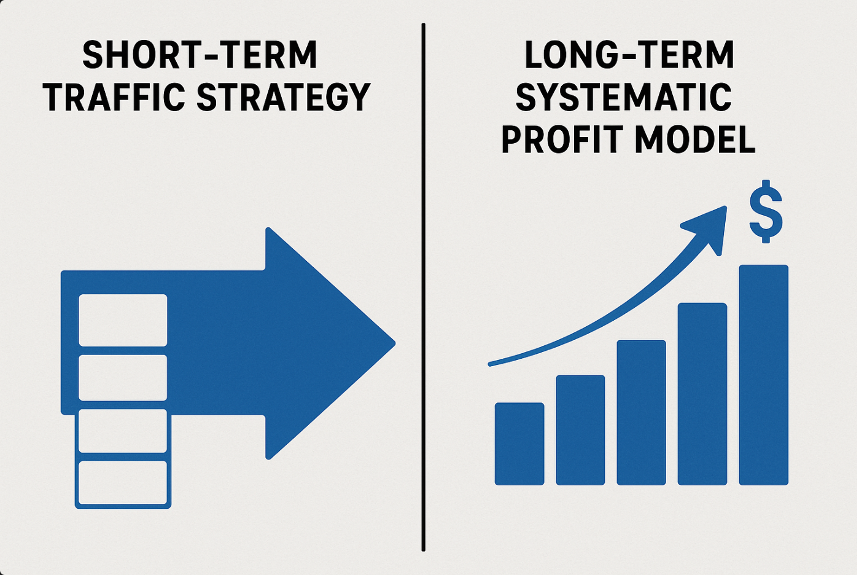
Conclusion: The real starting point of dropshipping in 2025 is no longer about “finding the next viral product”—it’s about building a system that can withstand volatility.
The Gold Miner vs. The Farmer Mindset
E-commerce entrepreneurs have gradually split into two types: those who chase trends and viral products, and those who cultivate the market and operate with systems. The core difference lies in their understanding of long-term value and structural efficiency.
Gold Miner Model
· Focused on “finding the next viral product” via TikTok scrolling, winning-product databases, and competitor cloning.
· Success heavily depends on timing and product selection, which are difficult to replicate.
· When the product lifecycle ends, the store resets to zero and must start over.
· Their folders are full of “might-go-viral” products—most of which never go live.
Farmer Model
· Operates like farming: land selection (niche), seeding (content), irrigation (ads), and harvesting (repeat purchases).
· Builds customer trust, brand equity, and a repurchase system.
· Develops systematic processes from ad attraction to content nurturing, order conversion, and post-sale retention.
Image suggestion (via Pic Copilot):
· Placement: In the comparison paragraph within the chapter
· Generation guidance: Create an illustrated strategic comparison image: on the left, a character using a magnifying glass to find viral products; on the right, a character cultivating soil and watering crops.
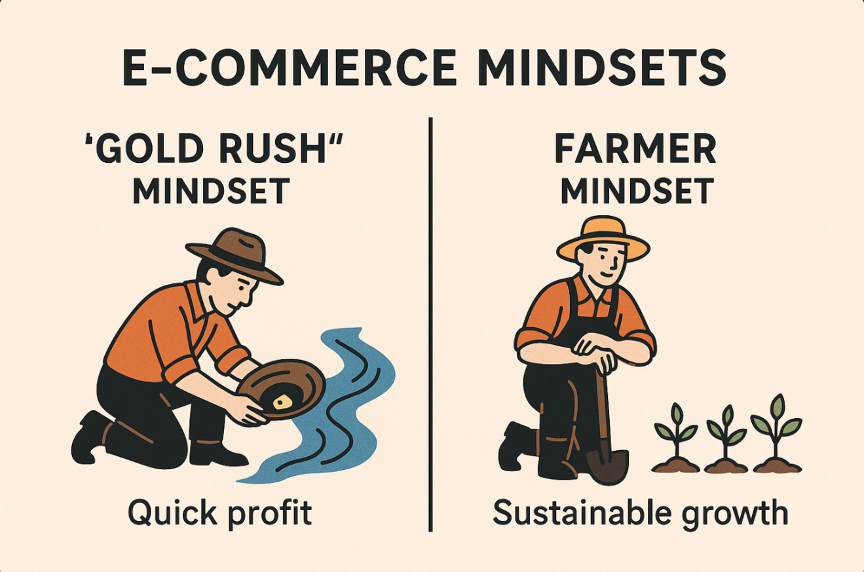
Conclusion: E-commerce competition in 2025 is no longer about “who copies the trend the fastest,” but “who can deliver sustained value.” Switching from quick cash grabs to stable, grounded strategies is the root of profitability and risk resilience.
📎 Verified reference links and explanations:
AOV (Average Order Value): AOV measures the average amount a customer spends per transaction. It helps assess the commercial value of each order to inform pricing, bundling, and upsell strategies.
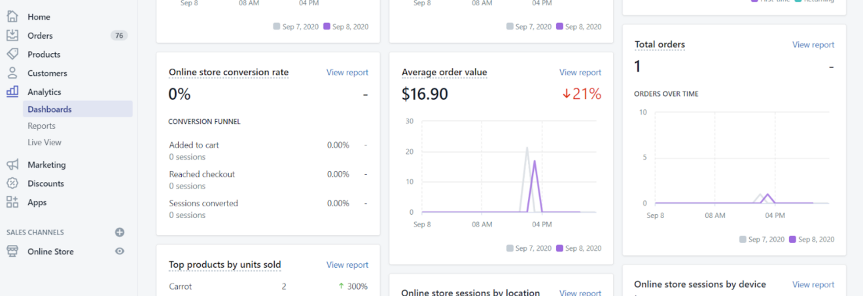
Example: If a store has $10,000 in monthly revenue and 250 orders, AOV = $40. Ways to increase AOV include: bundling, discount incentives, and complementary product recommendations.
LTV (Customer Lifetime Value): LTV measures the total revenue a customer generates during their relationship with the business. A higher LTV means stronger customer loyalty and better return on marketing.
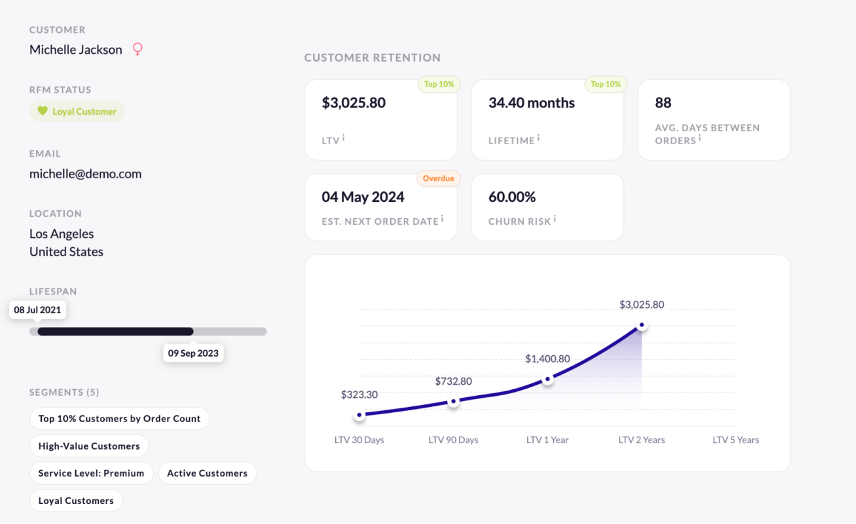
Example: If a customer spends $40/month and stays for 12 months, LTV ≈ $480. Improving LTV can be done via membership programs, email marketing, and excellent post-sale service.
AutoDS Automation Platform: AutoDS is an all-in-one dropshipping automation platform that supports product imports, price tracking, inventory sync, and automated order fulfillment.
Key features: - Bulk product import with inventory sync - Integrates with AliExpress, Walmart, etc. for auto fulfillment - Set automated pricing rules to preserve profit margins - Reduces manual labor via automated order handling
Use case: After setting up the store, use AutoDS to connect products and enable auto fulfillment—saving time and increasing efficiency.
Pic Copilot Image Generator: Pic Copilot provides AI-generated visuals for e-commerce, including logo design, product display images, and try-on demos.
Recommendation: When building a “farmer-style” brand, use Pic Copilot to generate product images with different models to enhance credibility and visual professionalism.
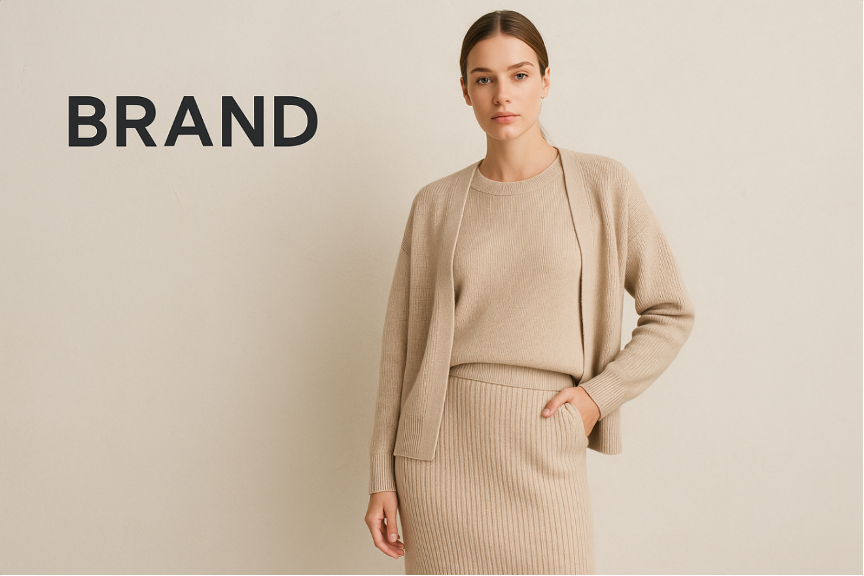
Industry Overhaul After 2021
Following the short-lived “everyone sells viral products” craze in 2020, the e-commerce environment underwent a decisive transformation.
Three Structural Shifts That Changed the Game:
1. Soaring Advertising Costs: On platforms like Facebook and Instagram, ad costs have nearly doubled since 2021, making it unsustainable to rely on “cheap traffic + high markup” models.
2. Privacy Policy Updates (iOS14+): Apple’s update significantly weakened pixel tracking accuracy. Facebook Pixel can no longer precisely retarget users, leading to frequent disruptions in marketing funnels.
3. Consumer Awareness Maturity: Consumers are now highly attuned to the look and feel of typical dropshipping stores—slow shipping, poor branding, and templated design cause instant drop-offs and cart abandonment.
These shifts have heavily impacted “gold miner” style stores. As soon as a product lifecycle ends, revenue collapses, or worse—copycats undercut pricing and dominate the niche.
Image suggestion (via Pic Copilot):
· Placement: Start of chapter, alongside three-paragraph trend list
· Generation guidance: Generate a visual card-style graphic showing the three shifts: ad cost surge / iOS privacy update / consumer skepticism
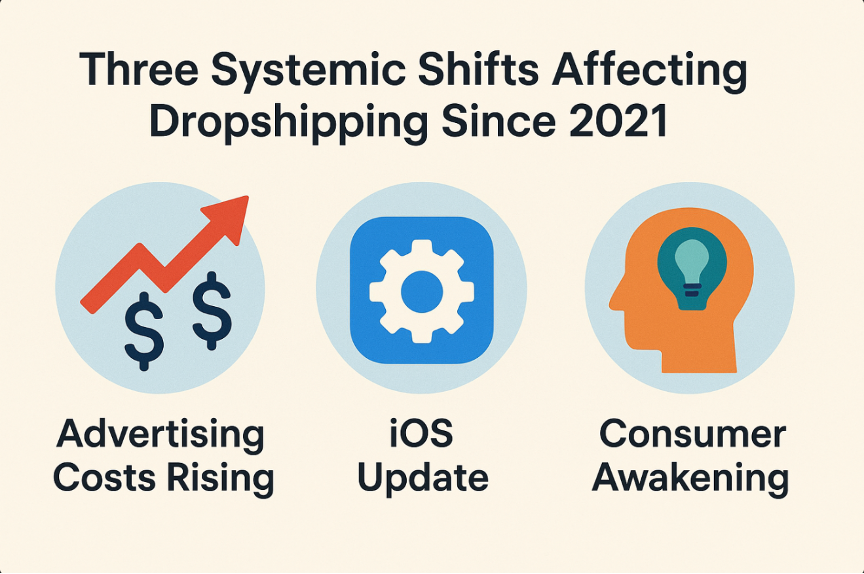
Case Comparison: 2020 Viral Product vs. 2023 Obsolete Product
Year | Product Example | Initial Monthly Sales | Product Life Cycle | Competition Pressure |
2020 | Phone UV Sterilizer | 100,000 orders/month | 3–5 months | Moderate |
2023 | Same category product | <500 orders/month | Few weeks | Highly saturated |
Today, the “profit window” has narrowed. Once a product trends, copycats flood the market in days. Price wars follow, devouring all margins.
Conclusion: The underlying market logic has shifted from “viral-driven” to “efficiency-driven” and “structure-driven.” In this new era, success doesn’t come from speed—it comes from stability.
Brand Identity Is Not Optional—It’s Essential
The bar for e-commerce user experience is rising rapidly. Generic, templated, or copied storefronts struggle to earn consumer trust. Building brand identity is no longer a “nice-to-have”—it’s essential infrastructure.
Why Is Brand Identity Essential?
- Trust Thresholds Have Risen: Modern consumers decide within seconds whether a site is trustworthy. Your brand name, visual style, and site layout directly impact conversion.
- Bounce Rate Affects Conversions: Sites without brand identity often suffer bounce rates above 70%. Professionally branded sites can reduce this to under 30%.
- Brand Positioning Is Harder to Copy: Competitors can copy your products—but not your brand image or customer relationships.
Image suggestion (via Pic Copilot):
- Placement: Mid-paragraph and section conclusion
- Generation guidance: Two images: (1) a typical unbranded dropshipping site like “Best Gadget Store,” (2) a professionally branded homepage banner with logo and unified color scheme.
How to Choose a Memorable Brand Name
Tool: designs.ai Name Generator — In-Depth Review
Designs.ai Name Generator is an AI-powered brand naming platform that helps users quickly generate creative, industry-relevant, and registrable names. It also provides logo style suggestions and checks .com domain availability.
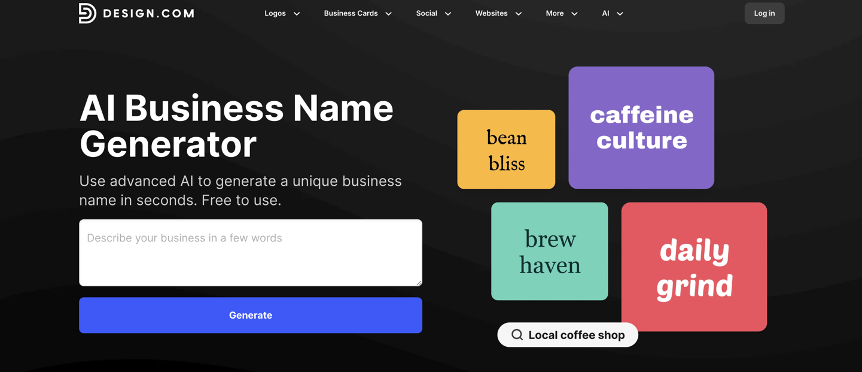
Key features:
- Keyword-based generation: Input terms like “crochet,” “tech,” or “eco,” and the system outputs unique, semantically relevant names.
- Style presets: Choose branding tones like classic, modern, tech-oriented, or feminine to ensure name consistency.
- Domain check: Automatically verifies .com domain availability.
- Logo previews: Suggests initial logo designs for each name, ready to be enhanced with Pic Copilot.
Steps: 1. Enter your business keywords and description 2. Select your preferred style (e.g., modern, minimal, vibrant) 3. View the AI-generated list of name suggestions 4. Click to check domain availability 5. Choose a name and export the initial logo 6. Use Pic Copilot to generate a visual identity and homepage banners
Image suggestion (via Pic Copilot):
- Placement: Name generator workflow section
- Generation guidance: Simulate the UI process showing keyword input, name results, domain check, and logo preview.
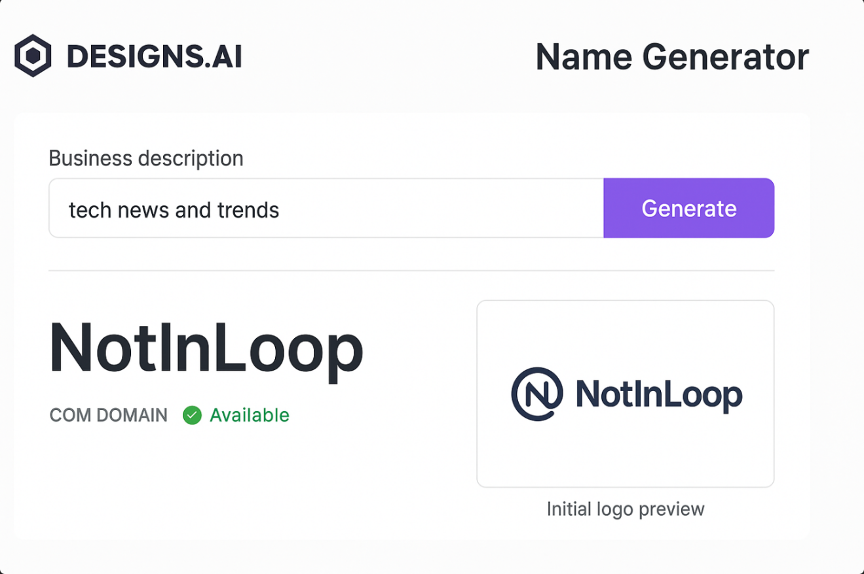
Common Mistakes:
- Using template-like names such as “TopProductX” or “KitchenSupply123”
- Choosing names that are too long or hard to spell—difficult to recall or search
Recommended Method:
- Use AI tools like designs.ai Name Generator for unique, styled, and registrable names
- Check .com domain availability for consistency
- Pair with generated logos for strong visual impressions
Image suggestion (via Pic Copilot):
- Placement: Brand naming section
- Generation guidance: Screenshot-style image showing keyword input and preview of name/logo results
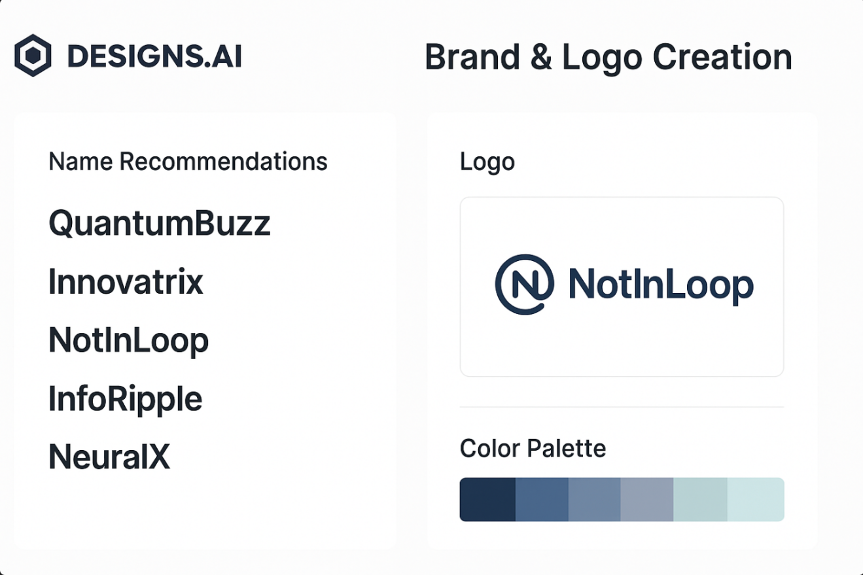
Conclusion: In today’s noisy, attention-scarce digital world, a brand with visual memorability, shareable naming, and unified identity is the first step toward sustainable, asset-driven dropshipping.
Quickly Building a Trustworthy Store
After defining your brand positioning, the actual “grounded carrier” becomes your e-commerce storefront. No matter where users click in from, the first screen of your website determines whether they stay—and whether they buy.
Why Use Automated Website Builders?
Building a complete, mobile-optimized store used to take several days. But with today’s templated site builders, you can generate a usable, conversion-ready, and customizable framework in just minutes.
Recommended platform: Build Your Store (AI Site Builder)
Steps to use: 1. Sign up and log in to the platform 2. Select your product category (e.g., apparel, beauty, home goods) 3. The system auto-generates key page structures: homepage, category page, product page, cart, etc. 4. Upload your logo, adjust brand colors and key messaging 5. Replace template images—or use Pic Copilot to generate product visuals in bulk
Image suggestion (via Pic Copilot):
· Placement: Step-by-step guide
· Generation guidance: Simulate the AI store builder flow showing banner selection, logo editing, and page preview
A Template Is the Start, Not the Finish
Automated content generation provides a basic structure, but true conversion depends on:
· Professional Homepage Banner: Use Pic Copilot to generate landscape-format banners tailored to your product attributes, consistent with brand style
· Real-World Product Photos: For example, for a beanbag product, create lifestyle images such as “a model watching TV in the living room”
· Mobile Optimization: Since 70%+ of traffic comes from mobile, layout and font sizes must be fully responsive
Reference Links: - Build Your Store Official Site - Pic Copilot Product Image Generator
Conclusion: A credible storefront can now be built in minutes—but turning it into a conversion engine still requires visual professionalism, content optimization, and consistent brand experience.
Post-Purchase Upsell – The Underrated Profit Lever
Most e-commerce beginners focus solely on whether users place an order, but overlook the revenue potential that follows. Post-Purchase Upsell is a powerful, low-friction strategy to raise profit margins.
What Is Post-Purchase Upsell?
Post-Purchase Upsell refers to recommending an extra product on the “Thank You” or “Order Confirmation” page after the customer has completed payment. Unlike regular upsells, this method:
- Does not interfere with the original conversion (since it happens after payment)
- Increases Average Order Value (AOV)
- Adds no extra ad cost while boosting profit margins
Example: If your main product is a pet hair remover brush, offer a limited-time 10% off deal on a pet grooming comb immediately after checkout. One click = one more order.
Why Is This Strategy Underrated?
- Many sellers invest all their budget into acquiring new customers, ignoring the expansion potential of each existing buyer
- They underestimate the impact of AOV growth on total profit
- They lack simple tools or workflows to implement it
Image suggestion (via Pic Copilot):
- Placement: In the upsell example section
- Generation guidance: Create a flowchart image showing: Main product order → Thank You page offer → One-click upsell
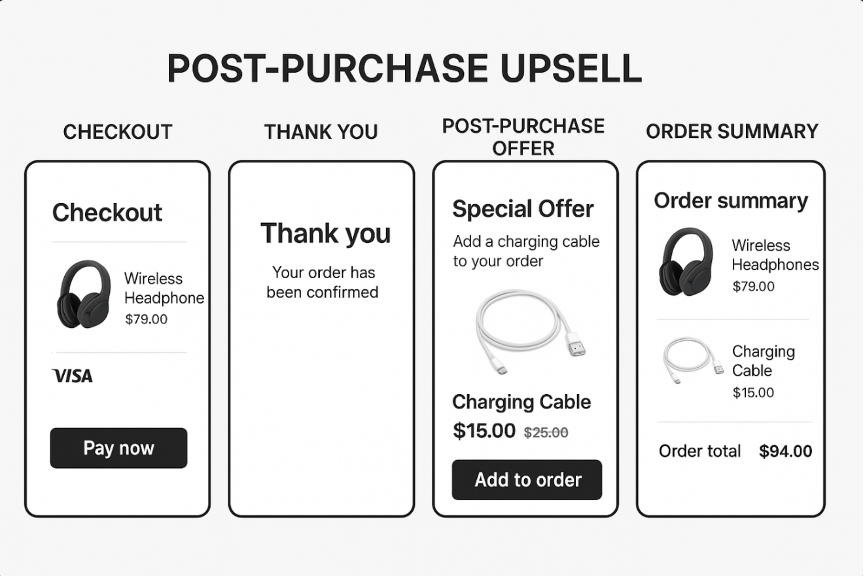
Recommended Apps:
Zipify OCU (One Click Upsell)
- Features: Highly visual editor, supports multi-step upsell flows, auto-detects order content and recommends relevant products
CartHook
- Features: Built specifically for Shopify, supports custom logic, mobile-friendly popups
Both tools enable: - One-click upsells without re-entering payment info - Seamless AOV increases without traffic growth
Related Reference Link: - Zipify OCU Overview and User Stories
Conclusion: Post-Purchase Upsell is the most “frictionless” way to boost AOV. It doesn’t depend on extra traffic or ad budget, yet significantly raises per-customer order value—making it essential for profit-focused stores.
It’s Not the Page Design—It’s the Metrics That Matter
A beautiful website, sleek banners, and well-placed CTA buttons are important—but they’re just surface-level conversion enablers. What truly determines whether a dropshipping store is profitable, sustainable, and scalable is a set of overlooked yet critical operating metrics.
Four Key Metrics Explained:
CPA (Customer Acquisition Cost)
- Definition: How much you spend on ads to acquire one paying customer
- Formula: Total ad spend ÷ Number of paying customers
- Benchmark: CPA should always be lower than LTV—otherwise you’re “buying customers at a loss
AOV (Average Order Value)
- Definition: The average amount a customer spends in a single order
- Significance: Directly impacts how quickly ad spend pays off; higher AOV allows higher CPA
- Formula: Total revenue ÷ Number of orders
- Boost Strategies: Bundles, upsell offers, Post-Purchase Upsell (see Chapter 6)
LTV (Customer Lifetime Value)
- Definition: Total revenue a customer generates over their relationship with your brand
- Indicator: High LTV reflects strong retention and brand loyalty
- Boost Strategies: Email marketing, subscription products, loyalty programs, branding
ROAS and Break-Even ROAS (Return on Ad Spend)
- ROAS Formula: Revenue ÷ Ad spend
- Break-Even ROAS Formula: Cost ÷ Selling price
- Example: If product sells for $40 and costs $25 → Break-Even ROAS = 1.6
Image suggestion (via Pic Copilot):
- Placement: Under the four-metrics summary
- Generation guidance: Four illustrated cards explaining CPA, AOV, LTV, ROAS with icon and formula below each
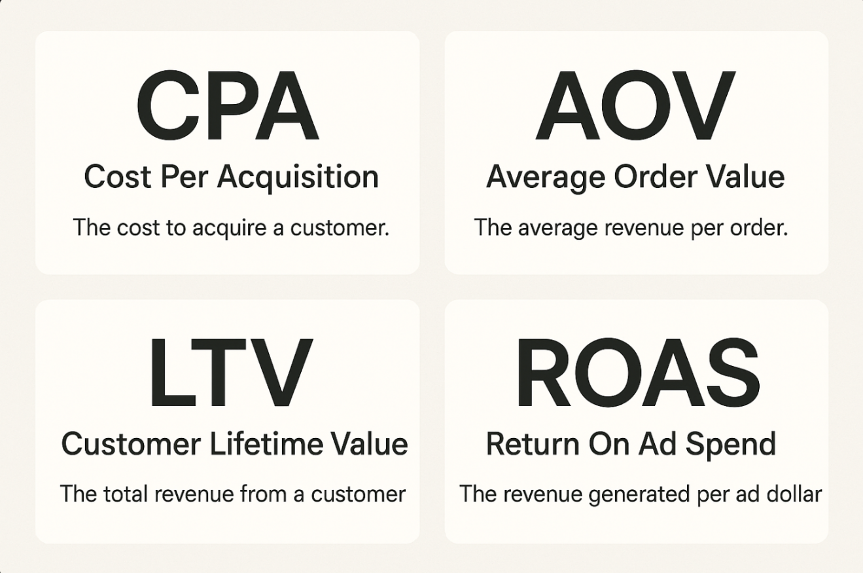
Case Study: Profit Difference Between Two Stores
Store | Product Price | AOV | CPA | Profitability |
A | $30 | $35 | $25 | Low |
B | $30 | $50 | $25 | High |
Even with identical ad costs, Store B outperforms because its AOV is optimized through bundling, upsells, and brand extensions.
Conclusion: What keeps a store alive isn’t just design—it’s whether these four numbers are healthy. Managing CPA, raising AOV and LTV, and improving ROAS are the core levers for stable cash flow.
It’s Optimization, Not More Products, That Drives Profit
Most people mistakenly believe that e-commerce growth comes from “constantly launching new products” or “frequent testing.” But in reality, sustainable profit growth often comes not from buying more—but from optimizing what you already have. Even without adding new products, you can significantly improve profitability through structural improvements, content upgrades, and efficiency enhancements.
Before vs. After Optimization – Profit Structure Comparison
Metric | Before Optimization | After Optimization |
Average Order Value (AOV) | $40 | $48 (+20%) |
Customer Acquisition Cost (CPA) | $15 | $12 (-20%) |
Profit Per Order | $13 | $22 (+69%) |
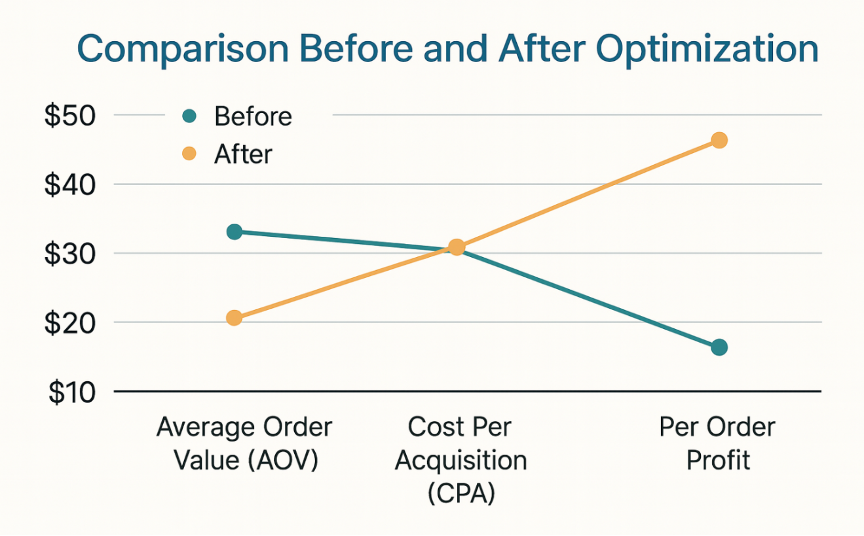
How to Systematically Optimize Without Swapping Products
Optimize Product Page Content
- Use Pic Copilot to generate real-life scene visuals, such as “models of different skin tones wearing the same item” or “home-use scenarios.
- Combine with ChatGPT to generate high-converting copy: pain-point-driven headlines, FAQ sections, and trust-building content.
Optimize Add-Ons and Pricing Structures
- Add bundle deals like “Buy 2 Get 1 Free,” free shipping over a threshold, or same-category recommendations
- Strengthen the Post-Purchase Upsell flow (see Chapter 6)
Optimize Creative Assets and Ad Content
- Use Pic Copilot to generate A/B visuals: one focused on functionality, the other on emotional appeal (e.g., lifestyle)
- Highlight “hooks” in video thumbnails, include model usage, and add before-after comparisons
Extended Case: Double Profits Without Changing Products
Suppose a $40 home product originally yields just $10 in profit. By doing the following: - Replace product visuals with high-quality ones from Pic Copilot - Set a “Buy 2 Save $5” bundle - Optimize upsell on the Thank You page - Swap homepage ad image with a lifestyle scene simulation
Result: AOV rises from $40 to $52, CPA drops from $14 to $11, and profit per unit grows from $10 to $21—doubling overall profit.
Conclusion: Instead of gambling on new products to generate sales, focus on optimizing what you already have. Deepening conversion rate, profit margin, and customer value can compound into long-term profitability.
Conclusion – The Farmer’s Mindset Is the Only Way
Long-Term, Systemic Thinking Is Key
Success doesn’t come from occasional bursts—it comes from consistently building trust, improving AOV and LTV, and growing steadily through optimization. The farmer model emphasizes a closed-loop system of sowing (content/ads), irrigating (optimization/service), and harvesting (repurchase/referral).
Four Core Operational Levers
- Control CPA (Customer Acquisition Cost)
- Increase AOV (Average Order Value)
- Enhance LTV (Customer Lifetime Value)
- Optimize ROAS (Return on Ad Spend) to surpass break-even points
By managing these core metrics precisely, you can build a long-term, scalable, and profitable business.
Essential Tools and AI Enablers
- Automated Store Builder: Build Your Store
- Image Generation Tool: Pic Copilot
- Brand Naming and Logo Generator: Designs.ai Name Generator
- Post-Purchase Upsell Plugins: Zipify OCU, CartHook
These tools bring the “farmer strategy” into execution—enhancing visuals, accelerating setup, and amplifying profits through repeatable systems.
Actionable Recommendations
- Set up a metrics baseline: Track CPA, AOV, LTV, ROAS weekly to keep operations healthy
- Optimize key product pages and upsell flows: Use Pic Copilot + ChatGPT to boost visuals and copy
- Strengthen brand trust: Ensure consistency across your website, social media, and ads
- Lengthen customer lifecycle: Use email nurturing, add-on recommendations, community engagement, and loyalty programs
- Test small, scale smart: Run low-budget tests for copy, visuals, pricing variables—then double down on what works
Final Thought
Ordinary sellers often fall into the “viral product trap.” The brands that survive—and thrive—are those that, like farmers, cultivate their market, optimize systems, and build patiently for the long run.
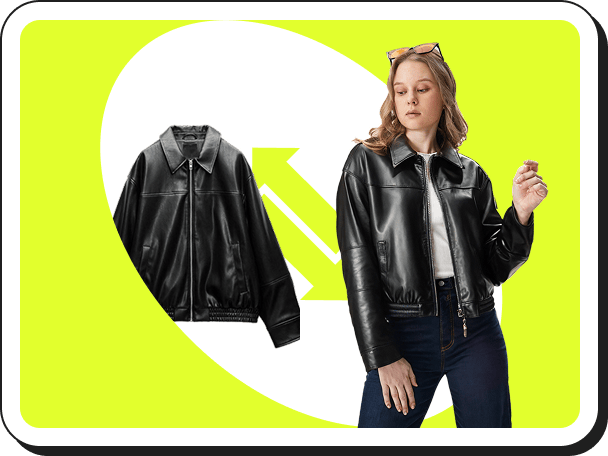 Virtual Try On
Virtual Try On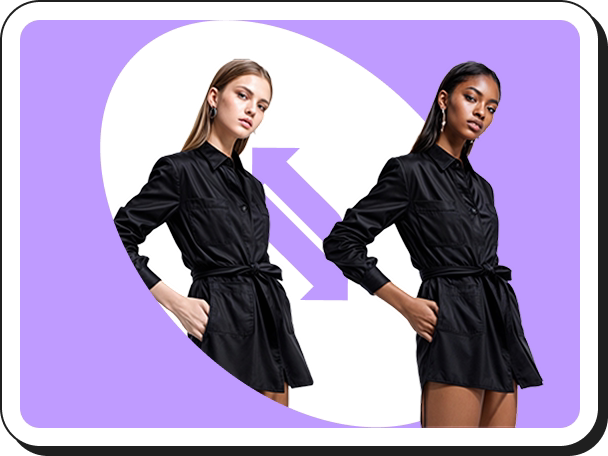 AI Model Swap
AI Model Swap Fashion Reels
Fashion Reels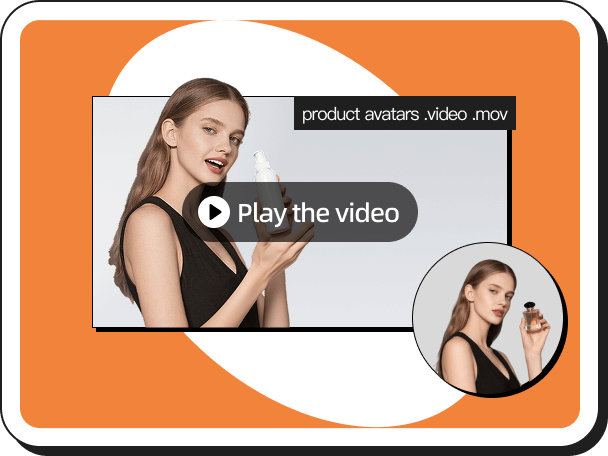 Product Avatars
Product Avatars Product AnyShoot
Product AnyShoot Virtual Try On Accessories
Virtual Try On Accessories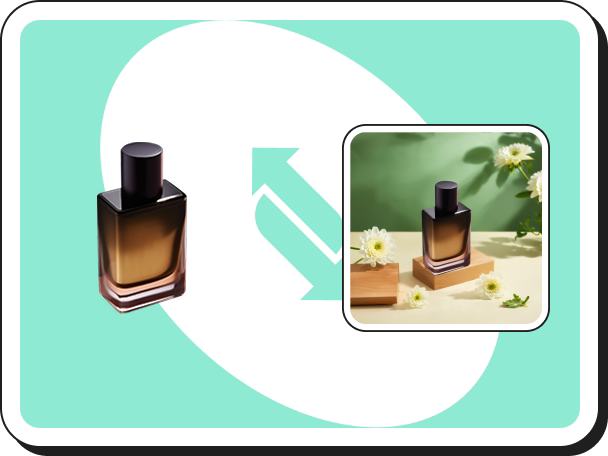 AI Backgrounds
AI Backgrounds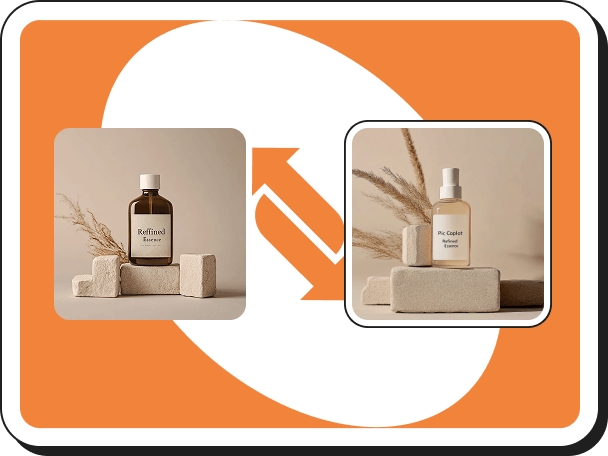 Style Clone
Style Clone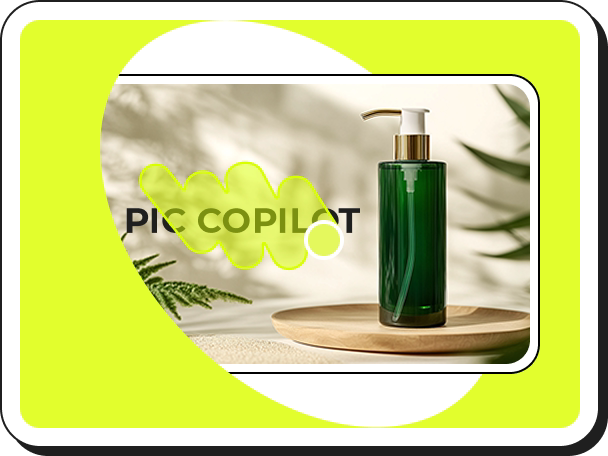 Remove Watermark
Remove Watermark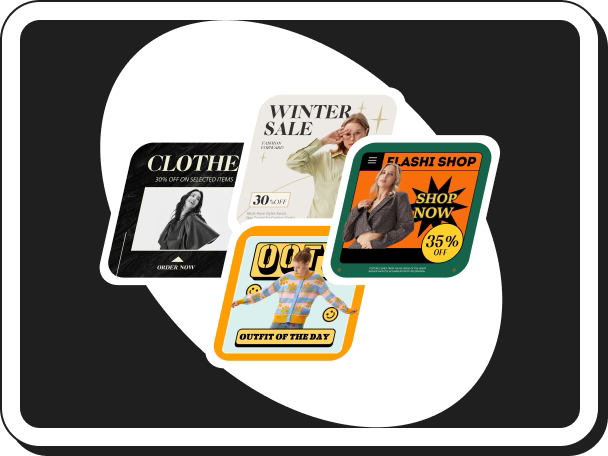 AI Templates
AI Templates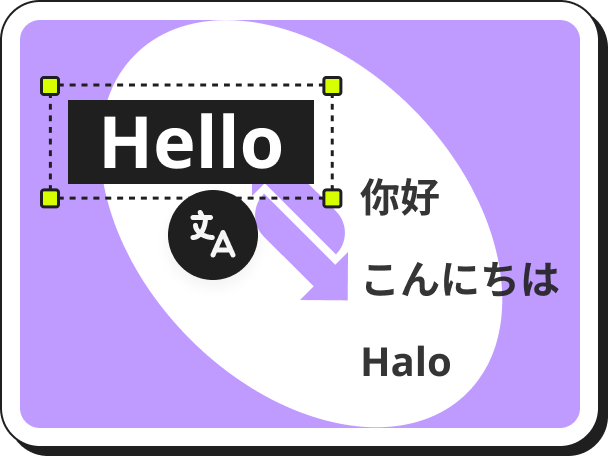 Image Translator
Image Translator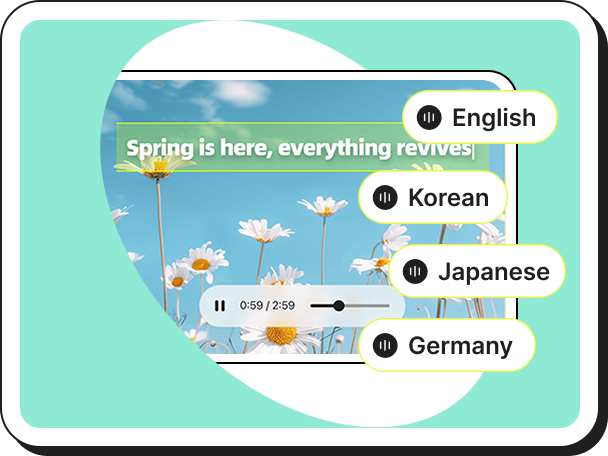 AI Dubbing
AI Dubbing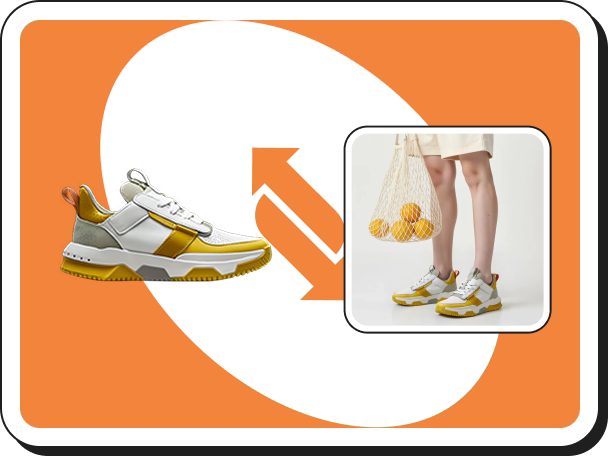 Virtual Try On Shoes
Virtual Try On Shoes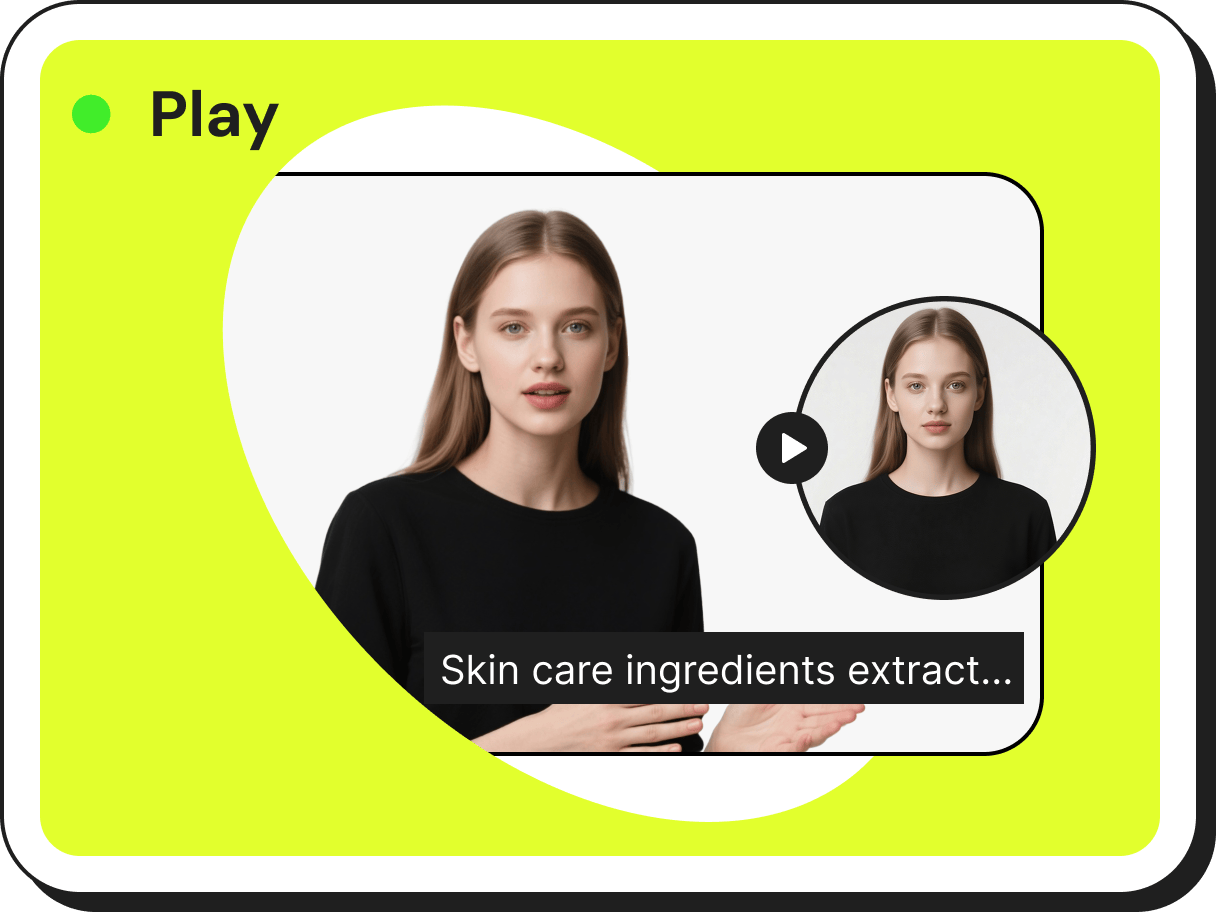 AI Avatars
AI Avatars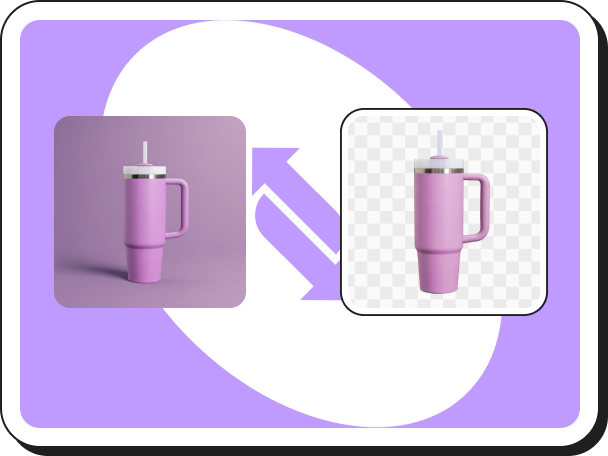 Background Remover
Background Remover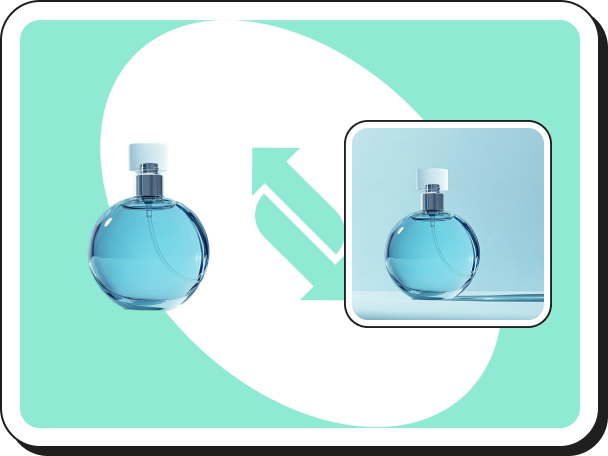 AI Shadows
AI Shadows Image Upscaler
Image Upscaler Image Enhancer
Image Enhancer